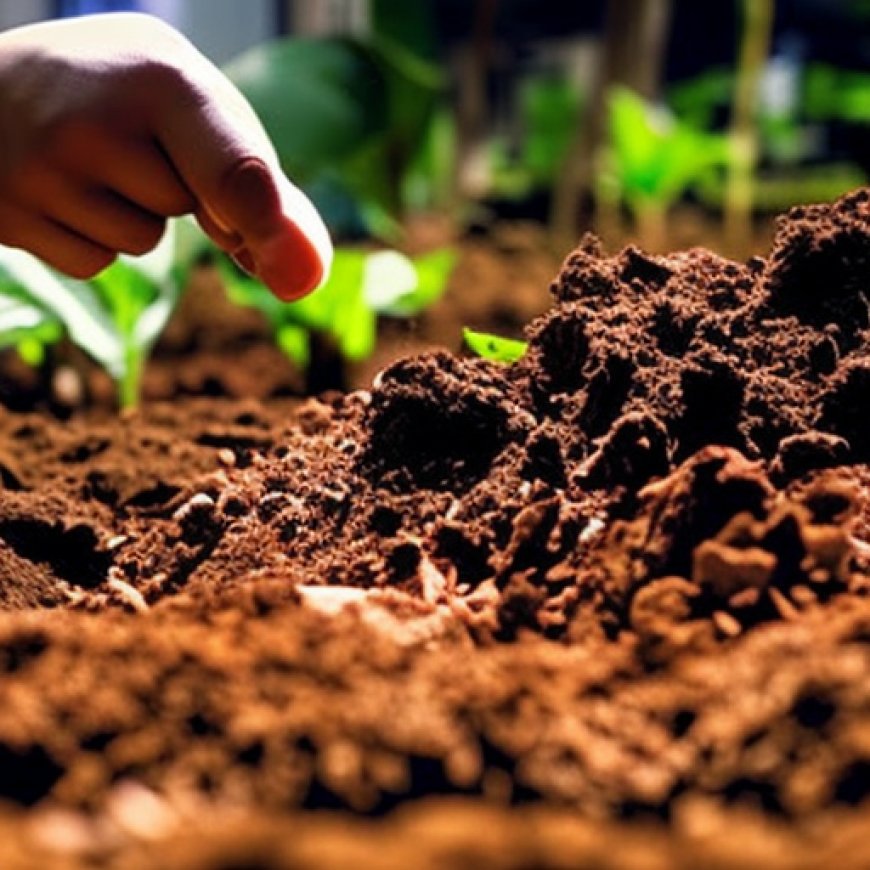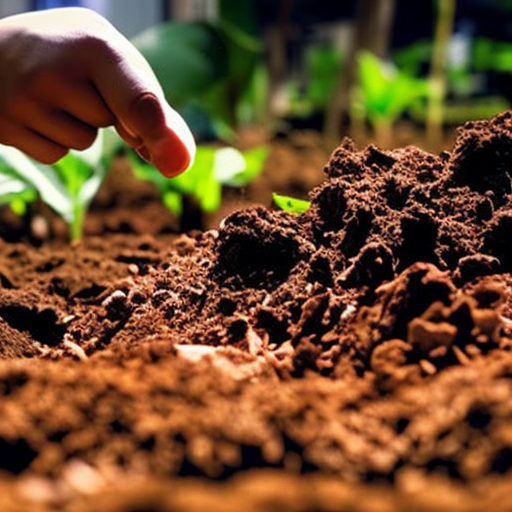Leveraging Dirt: Soil as Southeast Asia’s Under-explored Solution for Carbon Mitigation and Food Security | FULCRUM
Leveraging Dirt: Soil as Southeast Asia's Under-explored Solution ... fulcrum.sg


Soil Health and Sustainable Development Goals
Introduction
Author’s note: The author would like to thank Aditi Punj Sood, Education Lead and Curriculum Cultivator for Living Soil Asia for assisting in this article. Living Soil Asia seeks to bring awareness to regenerative practices in Singapore and South East Asia.
The Importance of Soil Health
As heat waves ripple across the world, one often overlooked “victim” lies under our feet: soil. Elevated temperatures degrade lands by reducing soil moisture and depopulating soil biodiversity.
Healthy soil is key to food security, and is also one of the most cost-effective mitigation and adaptation solutions. Soil captures three times more carbon than forests and greenery. Healthy soils also retain moisture and protect against drought.
The Threat to Soils
The world’s soils, however, are under threat; half of our topsoil has been lost in the last 150 years due to deforestation, urbanisation, agriculture, and pollution. The United Nations Food and Agriculture Organisation (FAO) has warned that “90 per cent of earth’s topsoil will be at risk by 2050”. The #SaveSoil movement has argued —not without controversy — that at current attrition, soils can only support another 80 to 100 crop cycles, after which there will be a serious food crisis.
The Need for Soil Rehabilitation
The reason is that the current rate of soil loss exceeds natural regeneration capacity. It takes 500 years to generate 2.5 centimetres of topsoil under “normal agriculture conditions”, according to a study by the University of Sheffield. The lengthy period is due to soil’s complex composition of minerals, organic matter, biological organisms, gas, and water, which changes based on location and depth. Erosion and use of chemical inputs in conventional agriculture disturb the balance of soil composition, resulting in impoverished soils.
The Role of Biological Organisms in Soil Health
Healthy soils crucially rely on organic matter and living biological organisms — including microbes (such as bacteria), fungi, arthropods, algae, and protozoa. A teaspoon of healthy soil may contain 1 billion bacteria, of which scientists have documented only 5 per cent. The living organisms are vital for the decomposition of organic matter into humus and bio-available nutrients; use of fertilisers, pesticides, herbicides, and fungicides’ impacts on this biodiversity. Microbes are essential for the formation of humus (which gives carbon-rich soils their dark colour), while mycorrhizae fungi have been found to be a main actor for soil carbon storage, as a result of a symbiotic relationship with plants. Another fungi group secretes glomalin, a type of “glue” that binds soil particles together into aggregates and strengthens soil structures against erosion and drought by establishing air pockets where air and water are held. Healthy soils can boost farm production by up to 58 per cent and reduce the need for chemical inputs, according to the FAO.
Sustainable Soil Management Practices
Fortunately, soil rehabilitation can be hastened through human action. Increasing carbon in the top 30 to 40 centimetres of soil by 0.4 per cent a year can “significantly reduce the annual increase of CO2 in the atmosphere”. In recognition of this, the soil rehabilitation initiative – “4 per 1000” – was launched during COP21 in 2015 by the French government. The initiative has raised awareness and spurred soil rehabilitation projects worldwide.
The Impact of Climate Change
SDGs, Targets, and Indicators
SDGs Addressed or Connected to the Issues Highlighted in the Article:
- SDG 2: Zero Hunger
- SDG 13: Climate Action
- SDG 15: Life on Land
Specific Targets Under Those SDGs Based on the Article’s Content:
- SDG 2.4: By 2030, ensure sustainable food production systems and implement resilient agricultural practices that increase productivity and production, that help maintain ecosystems, that strengthen capacity for adaptation to climate change, extreme weather, drought, flooding, and other disasters, and that progressively improve land and soil quality.
- SDG 13.1: Strengthen resilience and adaptive capacity to climate-related hazards and natural disasters in all countries.
- SDG 15.3: By 2030, combat desertification, restore degraded land and soil, including land affected by desertification, drought, and floods, and strive to achieve a land degradation-neutral world.
Indicators Mentioned or Implied in the Article:
- Soil erosion due to water as an indicator of soil degradation (Figure 1)
- Land up to 10 meters above sea level likely to experience salinization as an indicator of soil degradation (Figure 2)
- Total relative sequestration rates under the Sustainable Soil Management scenario as an indicator of carbon sequestration potential (Table 2)
Table: SDGs, Targets, and Indicators
| SDGs | Targets | Indicators |
|---|---|---|
| SDG 2: Zero Hunger | SDG 2.4: By 2030, ensure sustainable food production systems and implement resilient agricultural practices that increase productivity and production, that help maintain ecosystems, that strengthen capacity for adaptation to climate change, extreme weather, drought, flooding, and other disasters, and that progressively improve land and soil quality. | N/A |
| SDG 13: Climate Action | SDG 13.1: Strengthen resilience and adaptive capacity to climate-related hazards and natural disasters in all countries. | N/A |
| SDG 15: Life on Land | SDG 15.3: By 2030, combat desertification, restore degraded land and soil, including land affected by desertification, drought, and floods, and strive to achieve a land degradation-neutral world. | – Soil erosion due to water – Land up to 10 meters above sea level likely to experience salinization – Total relative sequestration rates under the Sustainable Soil Management scenario |
Behold! This splendid article springs forth from the wellspring of knowledge, shaped by a wondrous proprietary AI technology that delved into a vast ocean of data, illuminating the path towards the Sustainable Development Goals. Remember that all rights are reserved by SDG Investors LLC, empowering us to champion progress together.
Source: fulcrum.sg

Join us, as fellow seekers of change, on a transformative journey at https://sdgtalks.ai/welcome, where you can become a member and actively contribute to shaping a brighter future.







